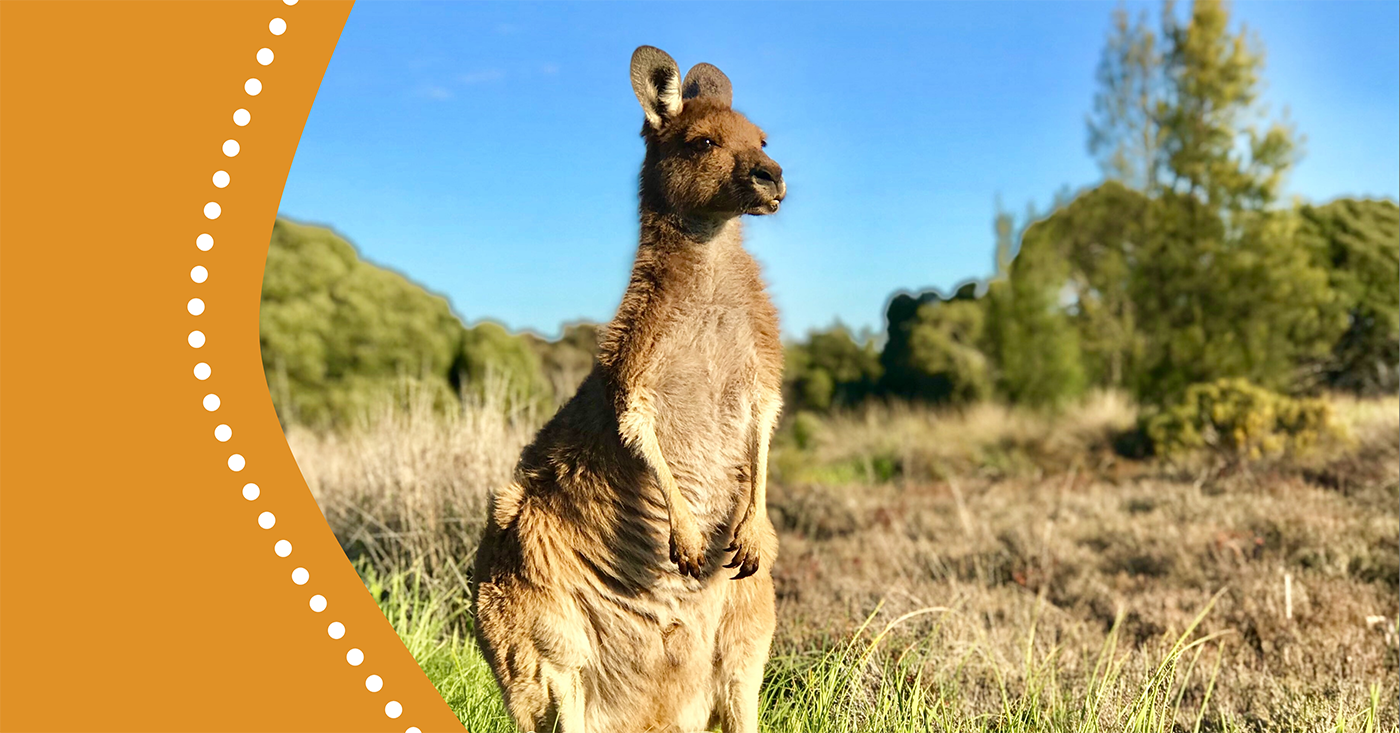Totem animals hold profound significance in Indigenous Australian cultures, serving as symbolic connections to the natural world and embodying ancestral wisdom. However, it’s essential to recognise that the beliefs surrounding totem animals can vary based on the clan or tribe an individual belongs to.
In many Indigenous communities, the assignment of totem animals is a deeply rooted tradition passed down through generations. What makes this practice even more fascinating is that it often comes with a set of responsibilities and beliefs unique to each clan.
For instance, in certain cultures, individuals are assigned specific totem animals that they are prohibited from harming or hunting. This tradition isn’t merely a cultural formality; it’s a deliberate approach to maintaining ecological balance. The lore dictates that each person’s totem animal plays a crucial role in the ecosystem, and by safeguarding these creatures, Indigenous communities actively contribute to the preservation of their environment.
The belief in not harming one’s totem animal isn’t just a set of rules; it’s a pact with nature. It reflects a deep understanding of the delicate interconnectedness between all living beings. As individuals honor their duty to protect their totem animals, they become stewards of the land, ensuring a harmonious coexistence between humanity and the natural world.
This practice emphasises the Indigenous Australian perspective that human beings are not separate from nature but integral parts of it. Totem animals, in this context, become not just symbols but living embodiments of the shared responsibility to preserve and protect the delicate balance of life.



